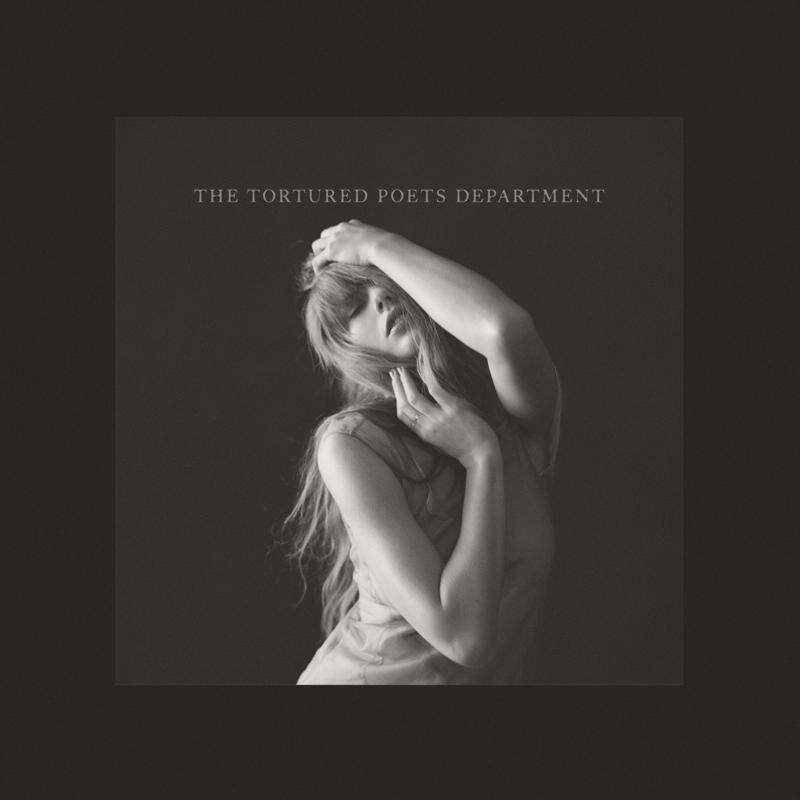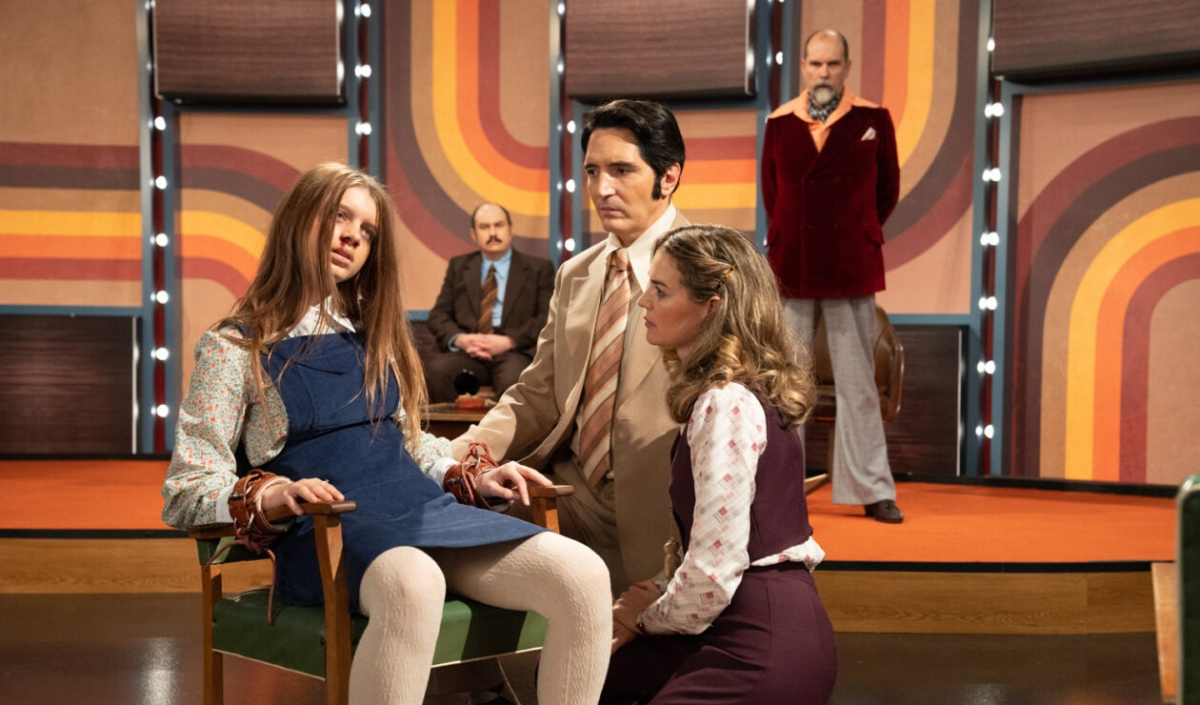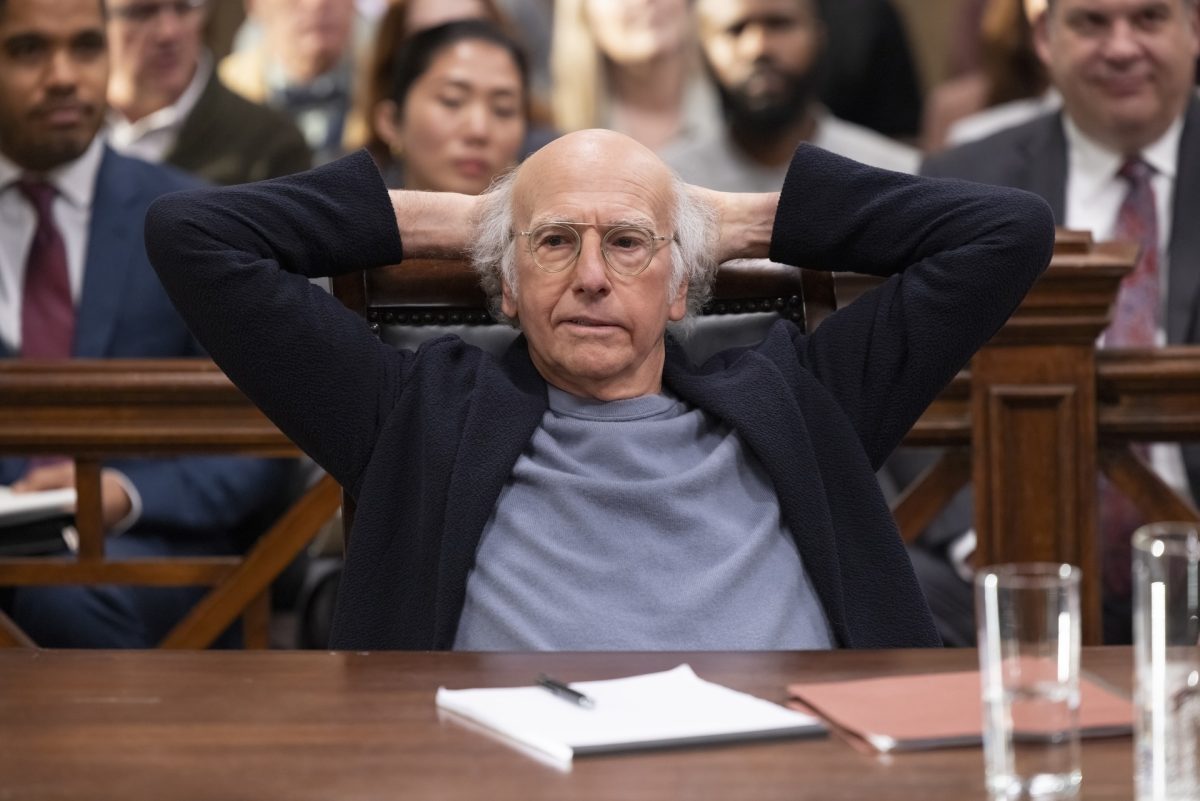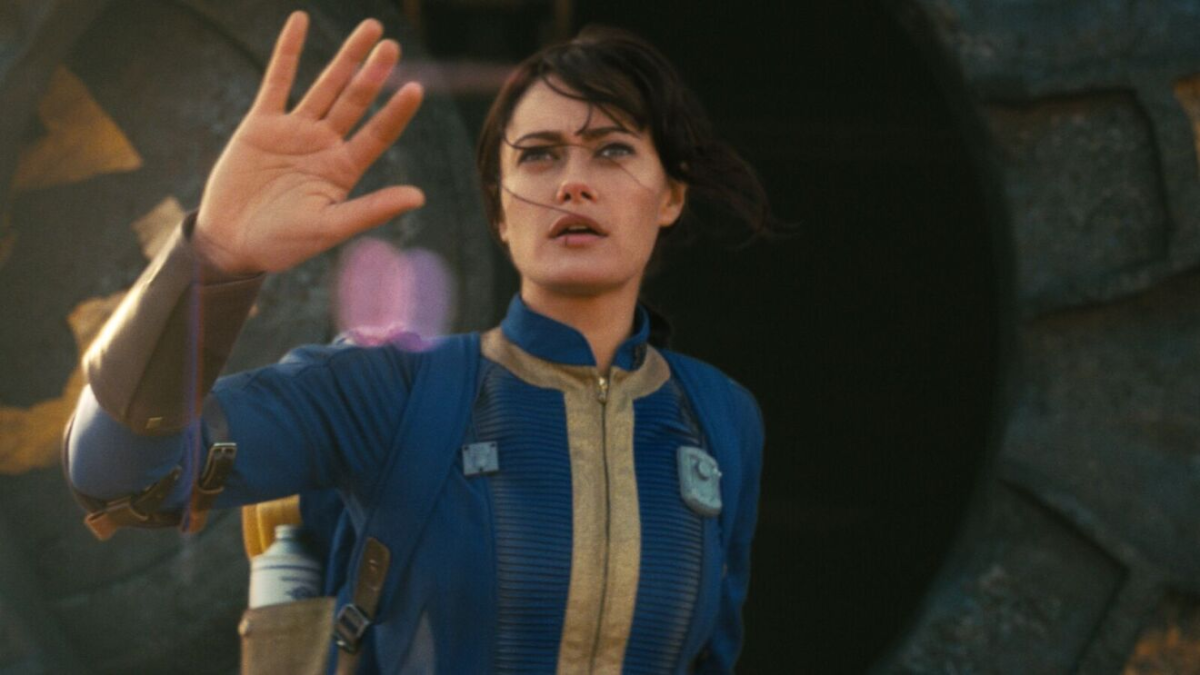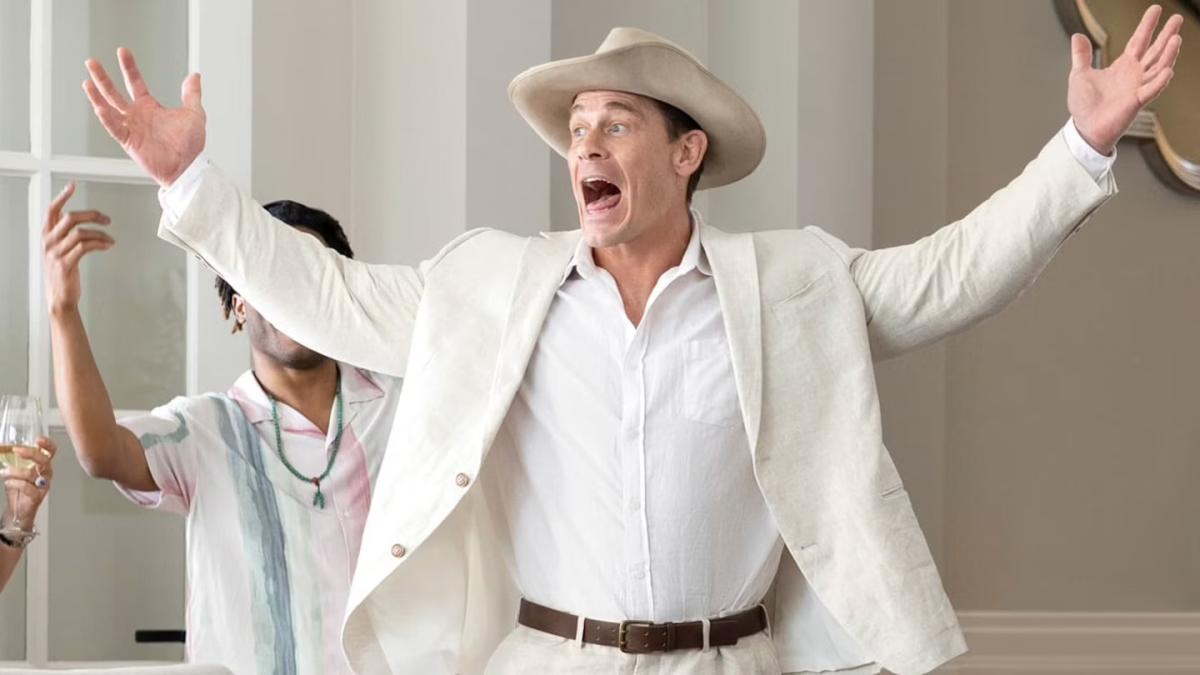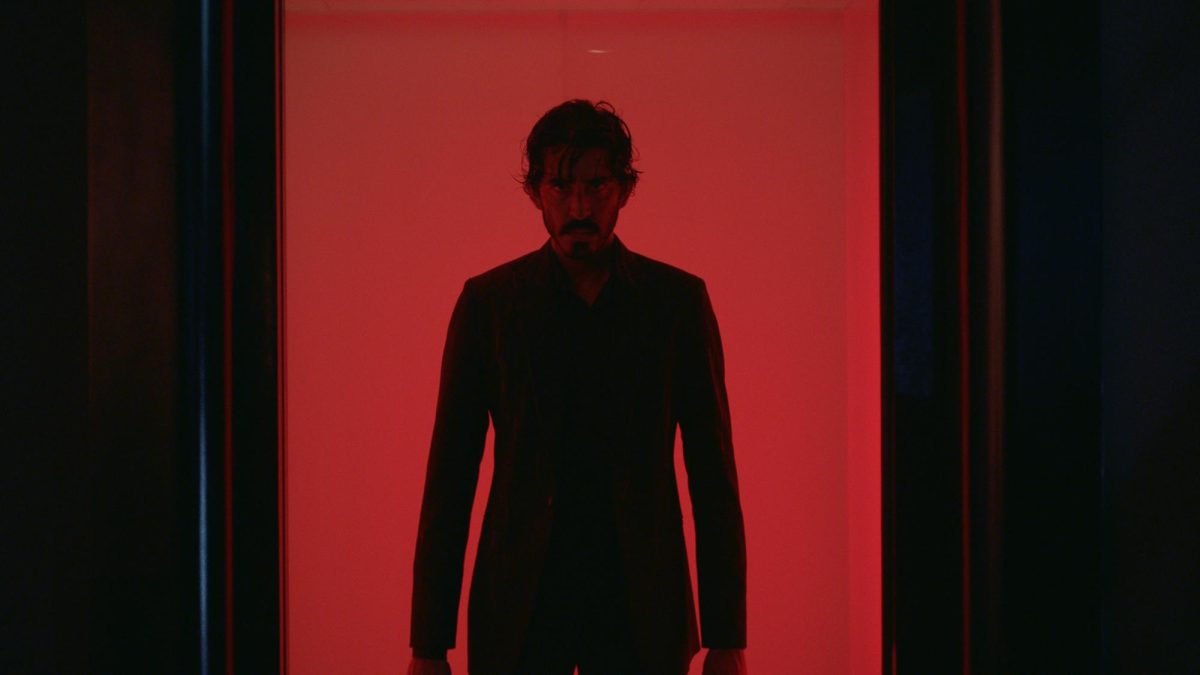The best coming-of-age films have a distinctly personal stamp, and “The Spectacular Now” shines for the authenticity director James Ponsoldt employs. The unlikely love story between charismatic, borderline alcoholic Sutter (Miles Teller) and adorable, insecure Aimee (Shailene Woodley) is wonderfully acted and evocatively directed.
Ponsoldt visited Austin to host a Q-and-A at a screening of “The Spectacular Now,” and The Daily Texan sat down with him to discuss the film.
The Daily Texan: You got the script at Sundance last year, right?
James Ponsoldt: Yeah, it was right after Sundance. I had [my film] “Smashed” there, and then several weeks later, I heard that these producers had seen the movie and loved it and wanted me to read this screenplay that obviously other people have written. I’ve never really thought that I’d be interested in directing someone else’s script, just because when I make movies, I try to make them as personal as possible. But I was flattered, so I gave it a read and was kind of blown away. It’s one of the most honest depictions of adolescence I’d ever read, and it reminded me of myself at that age.
DT: What sort of experiences from your adolescence did you bring to directing this?
Ponsoldt: Tim’s book takes place in Oklahoma, and I transported it and shot in my hometown Athens, GA, and shot it in all the places where I grew up. It was one of those things where I was constantly engaging with places that I had profound emotional connections to.
There’s a quality to it that feels like a lot of America. I think in casting very specific actors and not having them really wear makeup, and having them wear clothes that felt real and like what kids would wear. It’s the end of the school year, they probably bought their clothes from Wal-Mart in August, and it’s June and they’re kind of worn out.
Casting actors who had great imaginations and listening to them and talking to them before we shot, figuring out what they found really great but also things that troubled them. And really letting them put their fingers on it, because ultimately it’s a story about 18-year olds growing up in America right now. Shailene knows a lot more about what it is to be an 18-year-old girl than I do, so I listened to them whenever possible.
DT: Who came first, Miles Teller or Shailene Woodley?
Ponsoldt: Shailene did. I’d heard that she’d read it and she really loved it. She blew me away in “The Descendants,” and it suddenly opened my eyes up to what this could be. If I could shoot it in Athens, if I could shoot it on anamorphic 35, if I could do all these things and start to have actors like Shailene and Miles … I thought, ‘This has the potential to be really special if I can keep building outwards from there. They are truth tellers. They’re really honest, and feel like people that … if I saw them, I would think these are real kids.
DT: Can you talk a bit about the way you use long takes to build intimacy between the characters?
Ponsoldt: It was part of the design from the get-go. I love films that have long takes. For me, there’s a lot of big, silly, fun movies out there that are very postmodern and require an awareness of pop culture and to sort of connect the dots. That makes for fun, intellectual games that can be very clever, and I like clever stuff, but what I really like is when I come in contact with a book or an album or a movie or a really great TV show that leaves an emotional residue on me afterwards that’s still living on.
I think long takes require really great actors, where you don’t have to do a patchwork quilt of a scene. You can see the evolution of a scene and people really watching each other. To me, really great acting and really great moments are when you find surrogacy and agency in different characters. It’s beautiful to watch people listen to each other and try to understand each other, to see two people just bouncing off each other in real time.
The long walk and talk where they kiss for the first time in the movie, you can see two people kind of buzzed and goofy and adolescent and a little more unguarded and honest and vulnerable and emotional and then ecstatic and nervous and anxious and ‘oh-my-god we’re kissing!’ It’s a really lovely thing if you can pull it off, if you have a crew that can do a five-minute Steadicam shot going backwards on a wet, muddy path through the woods and actors who can handle that.
DT: Those scenes felt very off-the-cuff. Was there any improvisation at all?
Ponsoldt: I invite my actors to improvise. I love their imaginations, and I tell them from the get-go, you can do anything you want, you just have to be willing to try anything I ask. I want them to talk to me about scenes and if there’s things that they’re not comfortable with, that they think feel like there’s something dishonest, like the character wouldn’t say this, I’m like, “Alright, partner, what would you say?” When we come up with it, the script changes, so by the time we have a shooting script and we’re going, their fingerprints are already all over it. They helped create it, they know what it is. Whatever that improv would have been, they’ve already made it and it’s already reflected on the page.




